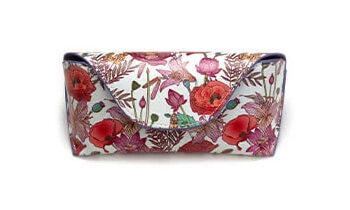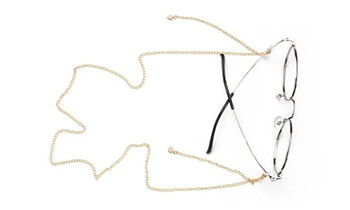Spring is a time of renewal, with warmer weather, blooming flowers, and longer days. But for some people, it can also be a time of eye discomfort and irritation. The spring season is associated with a range of eye conditions, from allergies to infections. In this article, we will discuss some of the most common eye diseases during the spring season and how to prevent them.
1. Allergic conjunctivitis: Allergies are a common occurrence in the spring season due to pollen and other allergens in the air. When these allergens come into contact with the eyes, they can cause an allergic reaction, leading to inflammation and redness. The best way to prevent allergic conjunctivitis is to limit exposure to allergens.
- Limit exposure to allergens, such as staying indoors on high pollen days, keeping windows and doors closed, and using air conditioning to filter the air.
- Wear wraparound sunglasses to protect the eyes from pollen and other irritants.
2. Dry eye syndrome: The spring season can be dry and windy, which can cause the eyes to become dry and irritated. Dry eye syndrome occurs when the eyes do not produce enough tears or when the tears evaporate too quickly.
- Stay hydrated by drinking plenty of water and using a humidifier in the home.
- Use artificial tears or eye drops to lubricate the eyes and provide relief from dryness.
3. Keratitis: Keratitis is an inflammation of the cornea, which can be caused by exposure to UV rays, wind, and dust.
- Wear sunglasses with UV protection when spending time outdoors.
- Wear goggles or other protective eyewear when participating in outdoor activities that can cause debris to fly into the eyes.
4. Conjunctivitis: Conjunctivitis, or pink eye, is an infection or inflammation of the conjunctiva. It is highly contagious and can be spread through contact with infected individuals or surfaces.
- Practice good hygiene, including washing hands regularly and avoiding touching the eyes.
- Avoid contact with infected individuals or surfaces if an infection is suspected.
5. Contact lens-related issues: Contact lens wearers may experience increased discomfort during the spring season due to allergies and dryness.
- Properly clean and care for contact lenses, including using fresh contact lens solution each day and replacing lenses as recommended by a doctor.
- Switch to daily disposable lenses during the spring season to reduce the risk of infection.


































